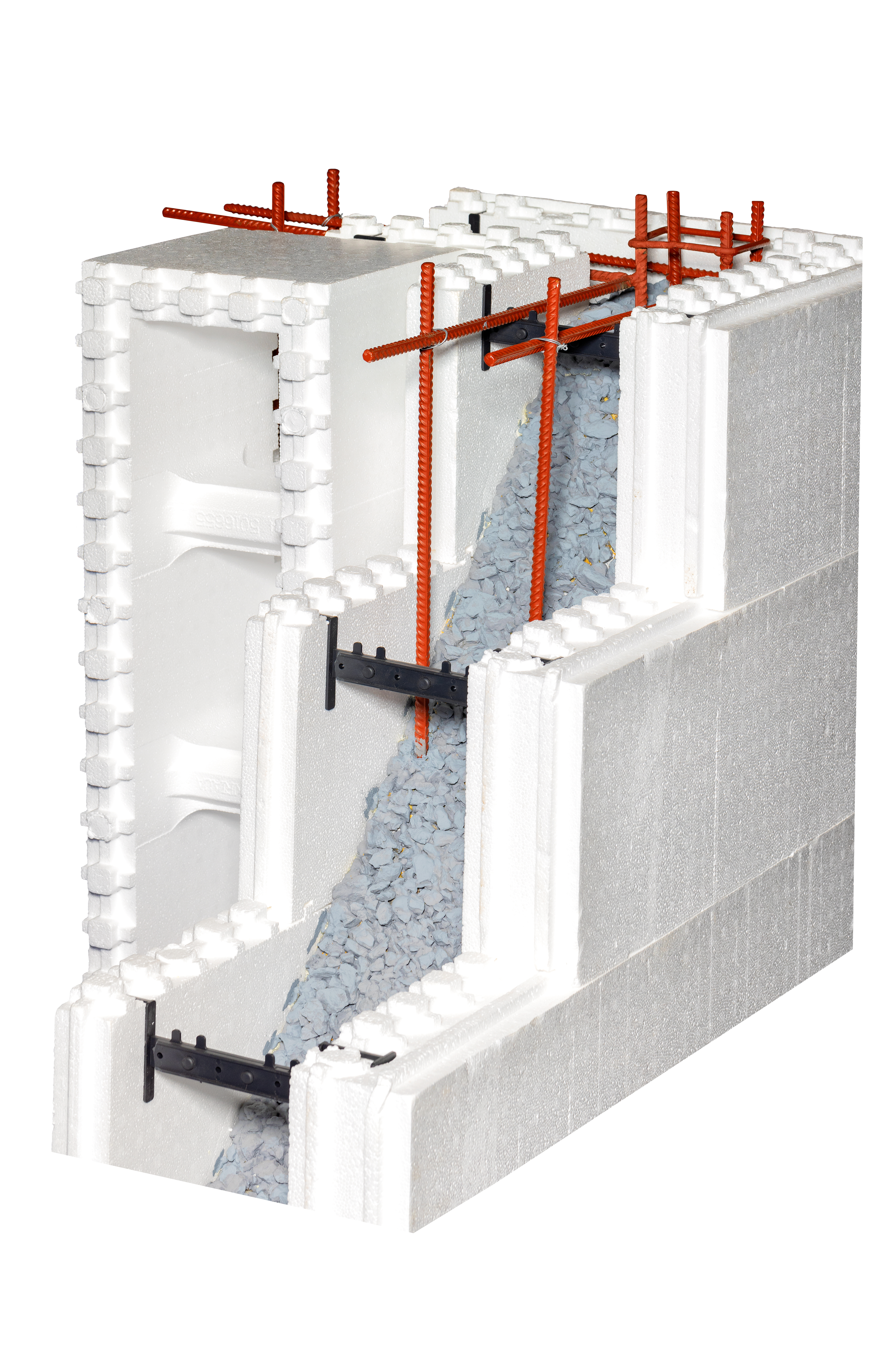Retail Development: Large-Scale Concrete Applications and Winter Impact
December 2, 2024

The development of large-scale retail spaces relies heavily on concrete, valued for its durability, versatility, and capacity to support extensive structural frameworks. However, winter conditions present distinct challenges for concrete applications, affecting construction timelines, structural integrity, and energy demands. Exploring how concrete serves as a foundational material in retail developments and examining the unique considerations required to mitigate winter-related challenges, is a great first step.
Foundations and Structural Frames
Concrete forms offer a framework for retail structures, creating strong foundations and load-bearing channels that ensure stability. Its load-distribution properties support complex retail developments, preventing settlement issues, which is critical in high-traffic locations where durability is key.
Flooring Solutions
Concrete flooring is a preferred material in retail areas since it resists sustained foot traffic. In particular, polished concrete flooring is a stylish and practical alternative with fewer maintenance needs.
Parking Structures and Warehousing
Parking structures and retail warehouses are particularly reliant on concrete’s ability to support significant loads. Its use in these high-stress locations promises long-term performance, allowing everything from routine vehicle traffic to storage needs, and it offers design flexibility to satisfy space and layout requirements.
Infrastructure and Accessibility
Beyond individual buildings, concrete also supports the infrastructure surrounding retail spaces, such as sidewalks, loading docks, and access roads. These installations improve customer accessibility and contribute to a seamless shopping experience.
The Winter Impact on Concrete in Retail Development
Winter weather can be challenging for concrete applications, requiring careful planning and adaptation to prevent potential issues. Cold temperatures can delay setting times, increase the risk of cracking, and require additional measures to ensure project timelines stay on track.
Construction Challenges: Frozen Ground and Concrete Curing
Frozen ground presents significant obstacles, as pouring concrete on such terrain risks uneven setting, leading to structural vulnerabilities when temperatures rise. If concrete freezes during curing, it can lose strength, affecting the safety and longevity of the structure. Using insulating blankets or heaters around curing concrete can help maintain necessary temperatures and prevent premature freezing.
Increased Heating and Fuel Requirements
Cold weather escalates heating needs, driving up fuel costs to keep concrete at an optimal temperature for setting. Energy-efficient solutions, such as insulated formwork, help to contain heat and reduce fuel consumption, supporting both project budgets and sustainability goals.
Design Adjustments for Winter Resilience
Designing retail spaces that can endure winter stresses involves choosing materials that withstand freezing temperatures and heavy snow loads. Reinforced concrete and other resilient materials improve safety and reduce maintenance costs, while proper sealing and insulation guard against heat loss and prevent ice formation, creating comfortable interior conditions.
Proactive Maintenance and Inspection
Seasonal maintenance and inspections are critical for preserving concrete structures exposed to winter conditions. Ensuring roofs and walls are insulated and assessing surfaces for ice damage can help prevent long-term deterioration, ensuring that retail spaces remain safe and operational through seasonal changes.
Best Practices for Large-Scale Concrete Applications in Winter
To address the challenges of winter construction, retail developers employ several best practices to maintain quality and minimize environmental impact.
Adopting Insulated Concrete Forms (ICFs)
ICFs provide enhanced thermal efficiency and simplify the process of winter construction. By retaining heat more effectively, these forms help concrete cure correctly, reducing the risk of structural issues and improving the building’s overall energy performance.
Sustainable Construction Practices
Modern retail development increasingly emphasizes sustainability, with concrete mixes incorporating recycled materials to lower the environmental footprint. Low-carbon concrete options are being developed to address greenhouse gas emissions while retaining strength and durability, aligning construction practices with eco-friendly objectives.
Advanced Planning and Site Preparation
Planning is essential to manage risks associated with winter construction. This includes selecting weather-appropriate concrete mixtures, arranging for thermal protection methods, and considering drainage solutions that prevent ice accumulation. Such foresight enables construction teams to mitigate delays and structural risks efficiently.
Leveraging Technology for Monitoring and Control
Digital temperature sensors allow real-time monitoring of concrete conditions, helping project managers track curing progress and intervene when needed. These technologies can reduce errors and costs while enhancing safety, making them valuable in winter retail construction.
Concrete remains essential for large-scale projects as retail trends change given that it offers the structural integrity needed for current retail spaces. Retailers can minimize seasonal challenges by implementing winter-specific plans, guaranteeing that their stores stay secure, environmentally friendly, and useful all year long. It also calls for developers juggling long-term performance goals with immediate project needs, to produce retail spaces that reliably meet consumer needs as well as those of the business.

